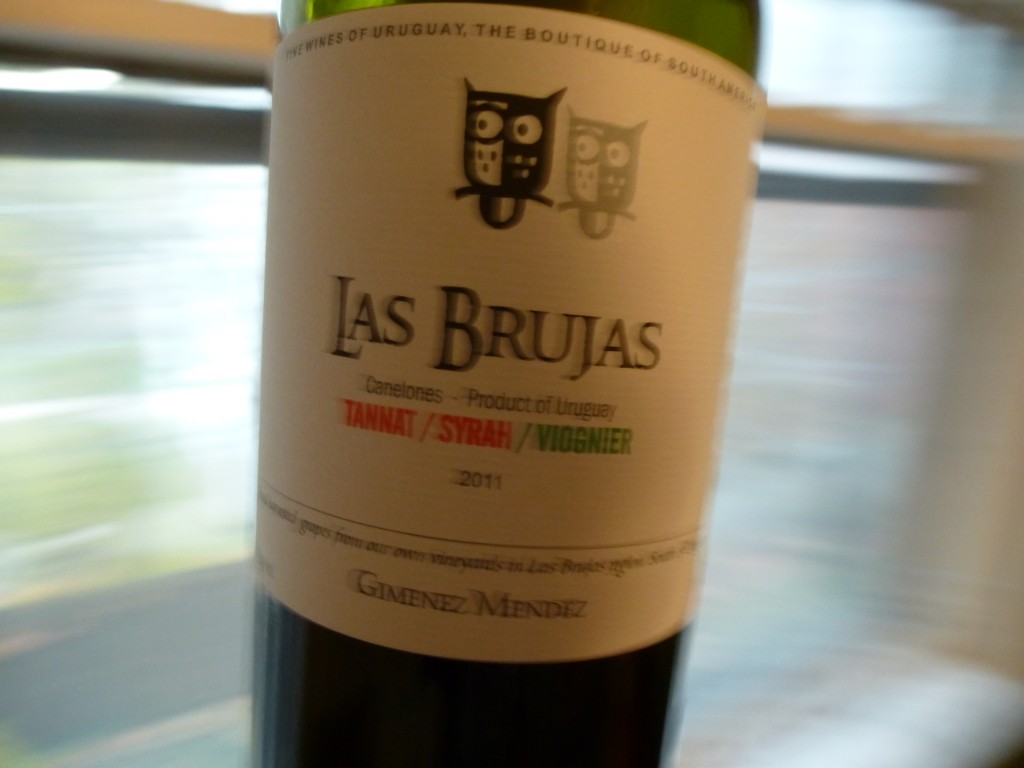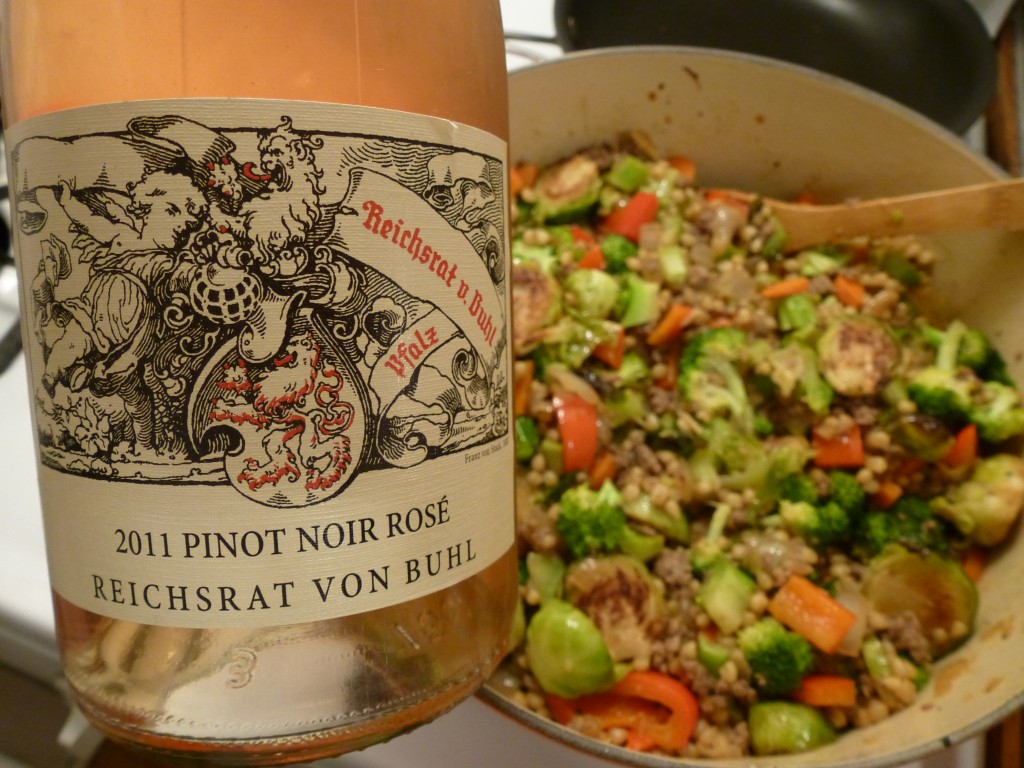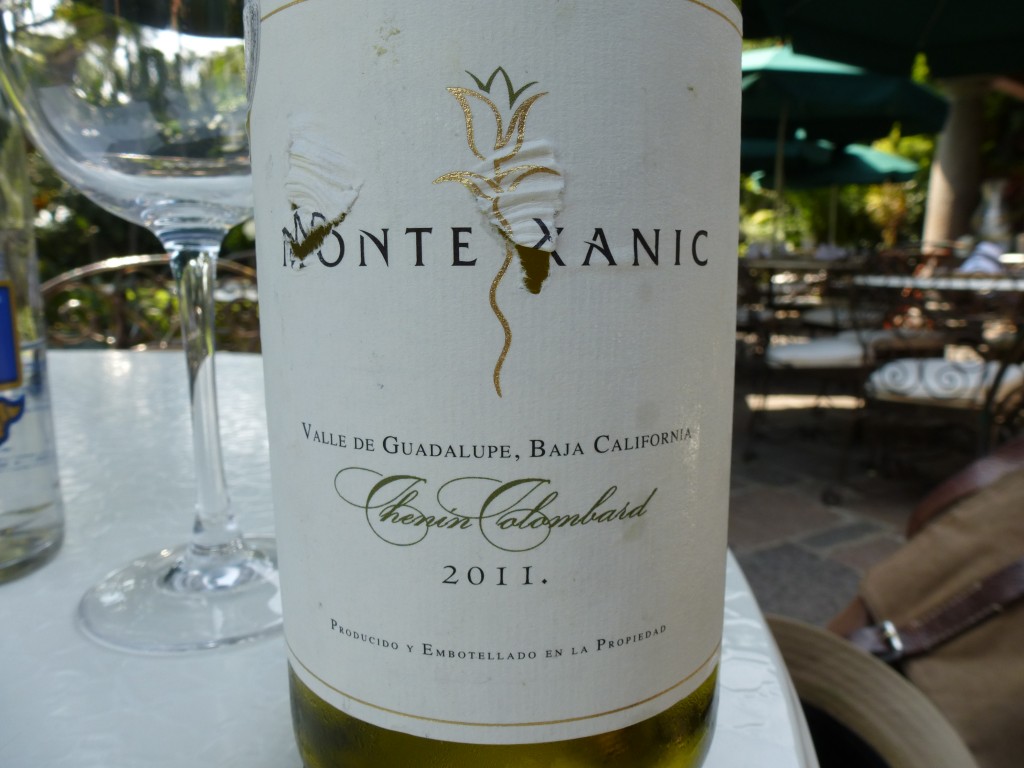Dinners With Spirit
Much ado has been made about matching wine with food, but can be just as exciting to experiment with pairing cocktails. Unfortunately, while many wine bars and restaurants have sommeliers who create course-by-course wine pairings, it’s rare to find a suggested menu of spirits or cocktails to go with that prix fixe.
I’m really excited to see someone attempting to rectify that situation. Clint Rogers, the spirits director at Henri, is organizing a “Spirited Dinner Series” here in Chicago. He’s enlisted some top local mixologists to create a flight of cocktails based on a single spirit, such as whiskey or gin, to go with a particular dinner menu.
Chicago cocktail connoisseurs, mark these dates on your calendars:
December 5: Cognac cocktails by Michael Simon and his team, served with dinner at Carriage House.
January 23: Gin cocktails by Danny Shapiro and his time, served with dinner at Scofflaw.
For reservations, call (312) 578-0763. Each Spirited Dinner costs $100 per person (excluding tax and gratuity) and begins at 6:00 p.m.
Alas, we missed October’s whiskey dinner, but at least we can look at the menu and imagine what fun it must have been:
Cocktail 1: Troubadour (Eagle Rare, Punt e Mes, Aperol, Cynar, celery bitters); paired with house-made pancetta with pickle, orange
Cocktail 2: Whitman (Buffalo Trace, Cardamaro, BLiS Maple, Allspice Dram, egg); paired with skin salad with horseradish, black pepper
Cocktail 3: Torrid Affair (Weller Antique 107, Amaro Nonino, lime, cinnamon, Champagne), paired with monkfish with olive, apple, cress
Cocktail 4: Ramos Creole Cocktail (Very Old Barton 100 proof, Dry Curaçao, demerara, Peychaud’s bitters, Angostura bitters, absinthe), paired with venison with Roquefort, smoked fig
Cocktail 5: Sleeping Jolly Pecker (ingredients unknown); paired with buckwheat cannelle with glazed seckel pears, Peychaud’s caramel, Greek yogurt sorbet
Woo! Yum.








